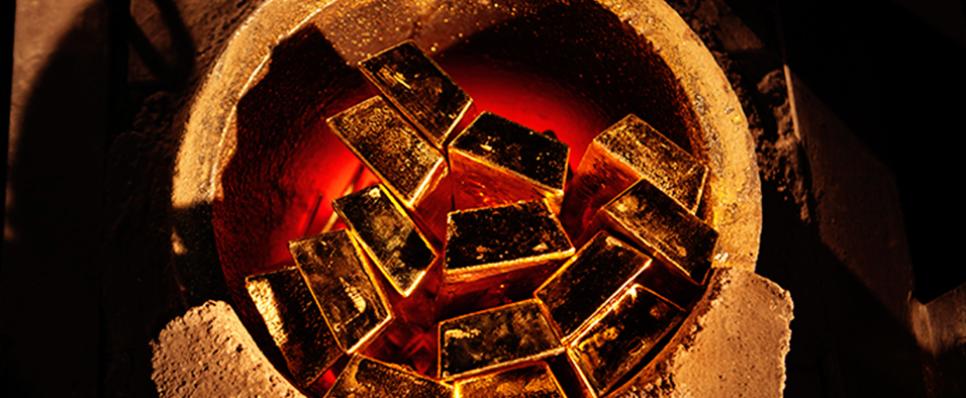Published: 13 Sep 2017
How is gold mined?

Given that it is less likely to find a 1-ounce nugget of gold than a 5-carat diamond because of how rare gold is, how have we managed to acquire so much for our jewellery, investment, medicinal, and industrial purposes?
The answer is mining
The best estimates suggest that approximately 187,200 tonnes of gold have been mined throughout history. If every single ounce of this gold were placed next to each other, the resulting cube of pure gold would only measure around 21 metres on each side.
Here is the look at the four different ways in which gold may be obtained in its raw form:
- Placer Mining
Used by amateur gold hunters, it essentially involves using gravity and water to separate dense gold from other materials around it. This is usually useful in retrieving gold from gold-bearing sands and gravel. Gold Panning is the process of extracting gold from these placer deposits, which is done by communities in India such as the Sonajhar community of Chattisgarh, who earn close to Rs 400 per day by collecting gold particles equivalent to the size of 4-5 grains of rice.
- Hard Rock Mining
This is how most of the gold is mined. In involves both open pit and underground mining.
Step 1: The process begins with drilling of blast holes which are supposed to be at least 40 feet deep and 16-22 feet apart. This is done to check if there is gold at the site or not.
Step 2: The holes are then blasted in a controlled manner, to ensure minimum impact to the environment around.
Step 3: The broken rock is then surveyed and marked to indicate ores that contain gold.
Step 4: All the ores containing gold are then hauled up into a truck and transported to a crusher for processing.
Step 5: Crushing of ores is a two-fold process and involves breaking down of ores into smaller volumes.
Step 6: Next, sodium cyanide is used to separate the gold from the hard rock surface. This process is called leaching.
Step 7: The gold recovered from leaching is then processed to create a gold-rich mud.
Step 8: The gold mud is then sent to a refinery furnace and heated to separate the gold and silver from any non-metal substances. This results in a 98% gold-silver mixture called dore. To get the 99.99% pure or 24 karat gold, the ore is further shipped to a specialised refinery.
- By-product Mining
A lot of times, the main purpose is to mine copper or recover sand, gravel and other products. However, in such a mining, significant amount of gold might also be recovered. One of the best-known gold mines around the world, the Grasberg
mine, was developed to mine copper but now is the 4th largest mine in the world, employing 20,000 people every year
- Processing of gold ore
The gold ore is a finely crushed rock containing trace amounts of gold. This can be extracted using a chemical process involving cyanide. However, this method is not very profitable as there are considerable financial and environmental costs involved.
Each year, global mining adds approximately 2,500-3,000 tonnes to the overall above-ground stock of gold. Here is a look at all the fascinating ways in which gold exists in our every day life.











